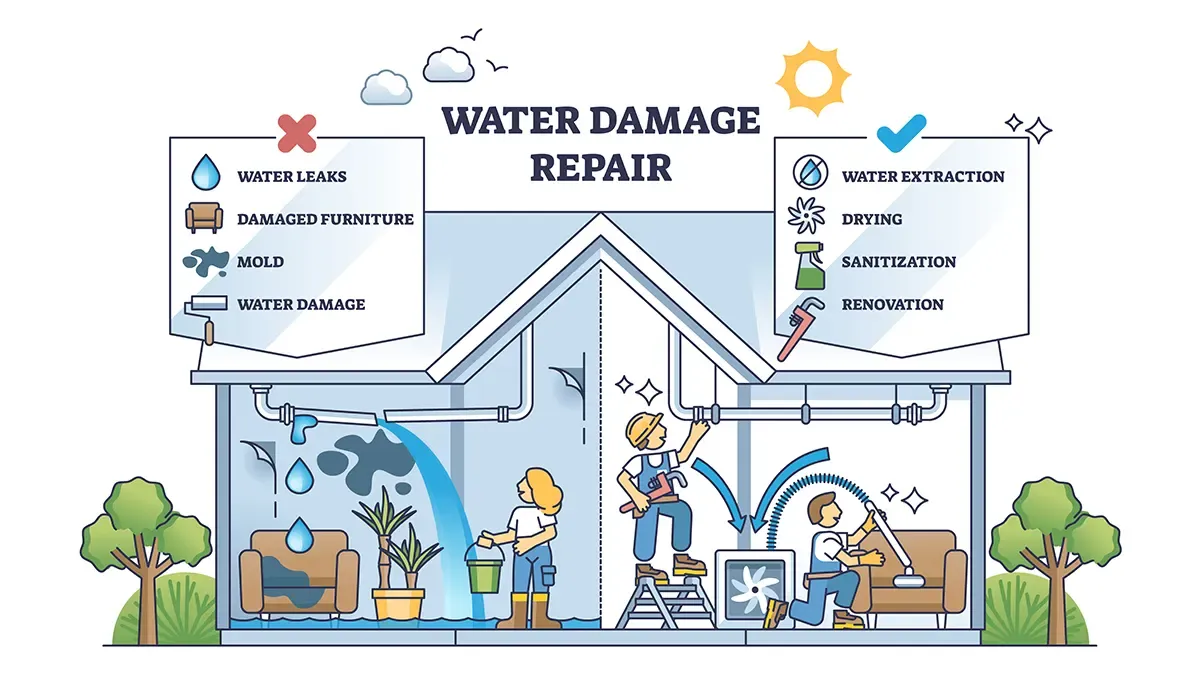Water damage in homes can result from various sources such as leaks, floods, or burst pipes, leading to significant property loss and health risks if not addressed promptly. Efficient water cleanup and home recovery solutions are essential to minimize damage, restore living conditions, and prevent long-term issues like mold growth. The first step in effective water cleanup involves quickly assessing the extent of the damage to determine whether professional help is necessary. Immediate action helps reduce moisture levels and prevents structural deterioration.
Removing standing water is critical since stagnant water can cause further harm by seeping into floors, walls, and furniture. Using pumps or wet vacuums accelerates this process compared to manual methods. Once excess water is removed, drying out the affected areas becomes a priority. Employing industrial-grade dehumidifiers and fans facilitates faster evaporation of residual moisture from building materials and belongings. Proper ventilation also aids in maintaining airflow during the drying phase.
Cleaning surfaces with appropriate disinfectants ensures that harmful bacteria or contaminants introduced by floodwaters do not remain on household items or structural elements. Materials like carpets or drywall soaked for extended periods may require disposal because they absorb water deeply and harbor microbes difficult to eliminate completely. Salvaging possessions depends on their material composition, exposure duration, and contamination level; thus careful evaluation guides decisions about restoration versus replacement.
Repairing damaged structures follows once dryness is confirmed through moisture meters or similar tools that verify no hidden dampness remains within walls or flooring systems. Structural repairs might include replacing drywall sections, reinforcing weakened framing members, refinishing hardwood floors affected by swelling or warping, and repainting surfaces after proper priming against mold spores.
Homeowners should consider preventive measures during recovery efforts to mitigate future incidents’ impact. Installing sump pumps with battery backups can protect basements prone to flooding while upgrading plumbing fixtures reduces leak risks indoors. Regular maintenance checks identify potential vulnerabilities before they escalate into emergencies requiring extensive remediation.
Insurance coverage often plays a crucial role in managing costs related to water cleanup services; understanding policy details helps homeowners maximize benefits available for restoration work without unexpected financial burden.
In summary, efficient water cleanup combines prompt removal of standing water with thorough drying techniques followed by disinfection procedures tailored to specific materials involved in each case. Subsequent repairs restore integrity while incorporating preventive upgrades enhances resilience against future events affecting home safety and comfort effectively over time.

